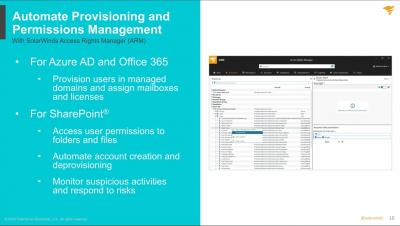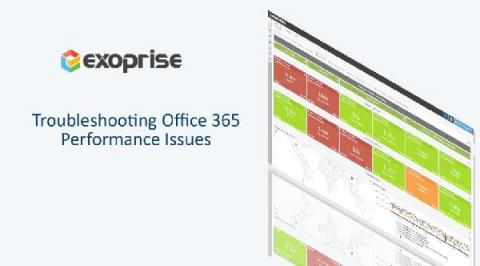Azure, Microsoft 365, and the Monitoring Story
Learn how to make the Azure Monitor a valuable tool to monitor your Microsoft 365 subscription, including services such as Exchange, SharePoint, Teams, OneDrive, and more. See how the Metric Explorer in Azure Monitor will work for you, including addressing custom metrics quickly. Understand how to display Log Analytics metric data in PowerBI Reports and Azure Monitor Workbooks. Join this educative and fun session about Azure and Microsoft 365, united into one magnificent monitoring solution.











